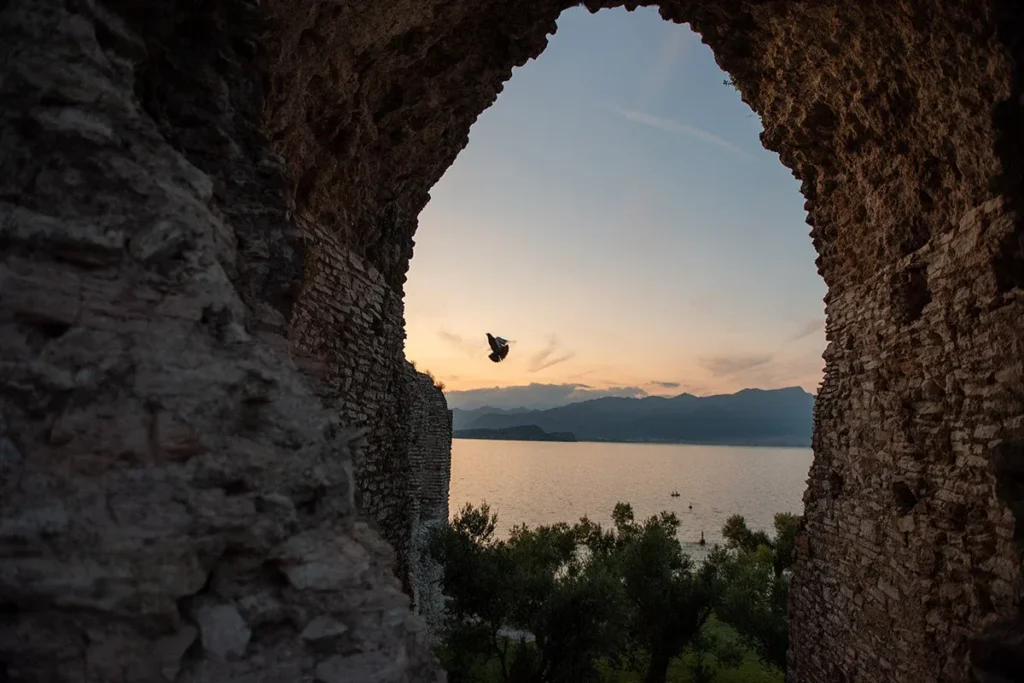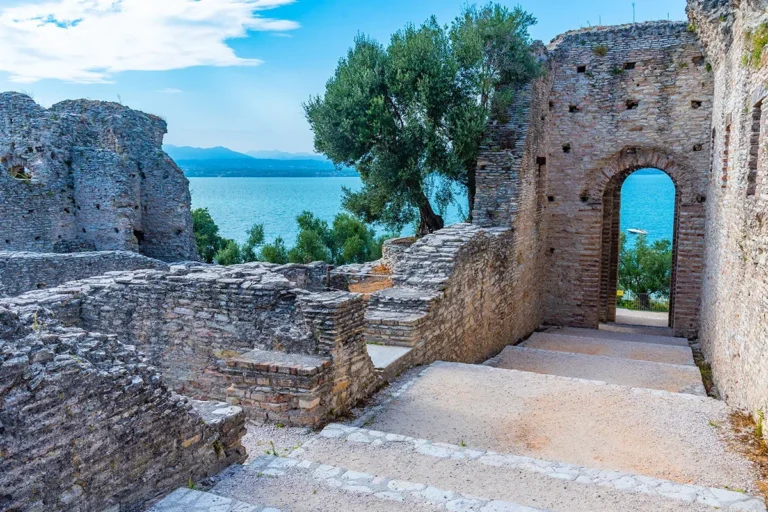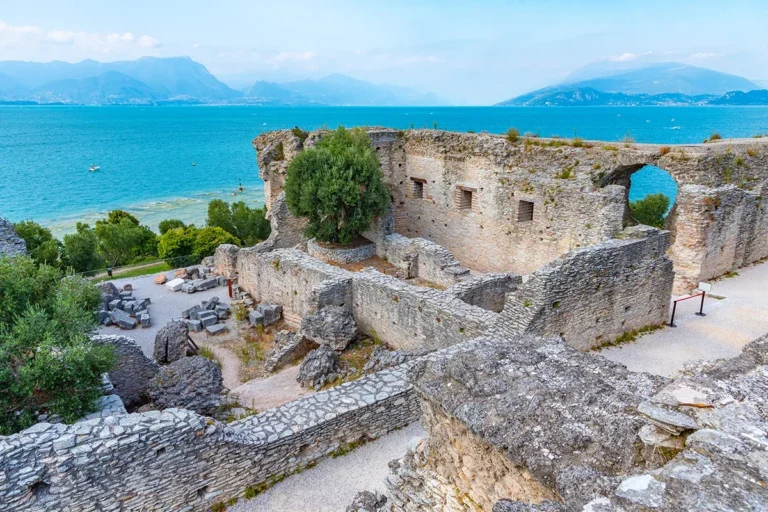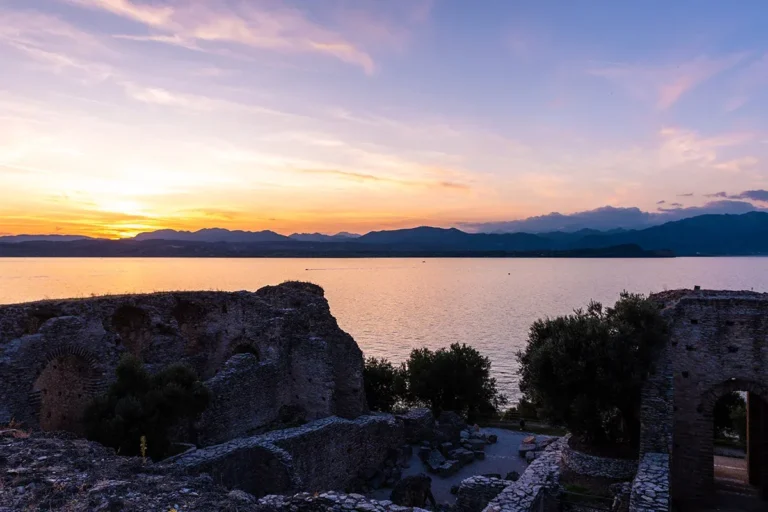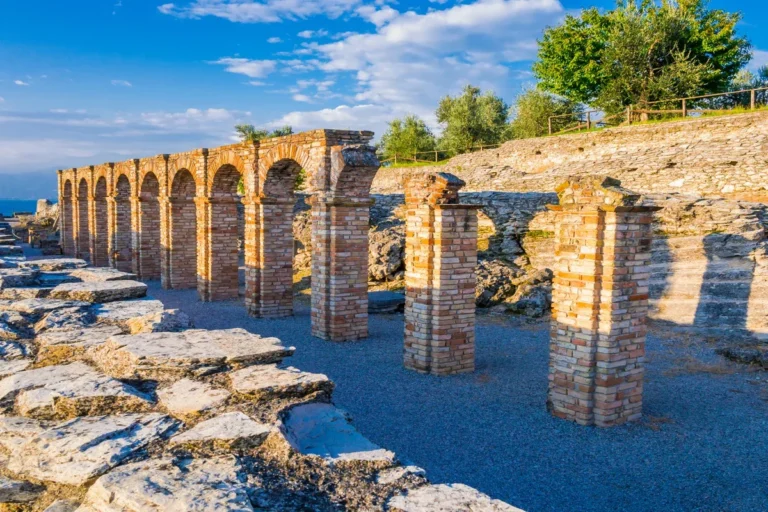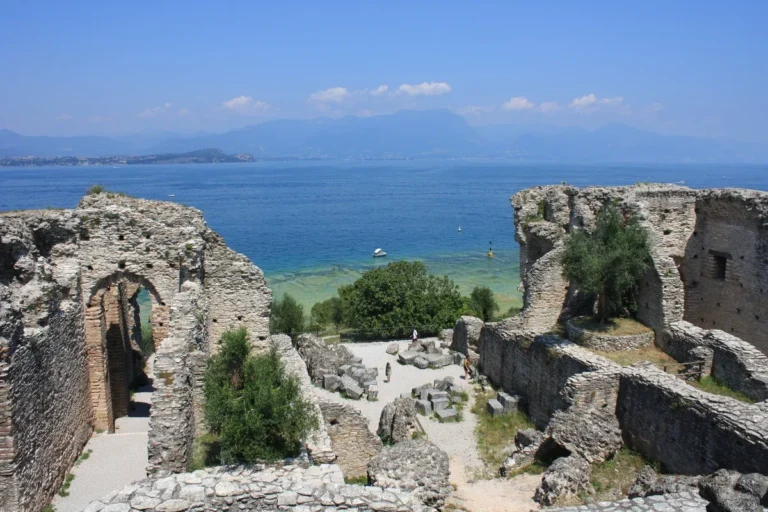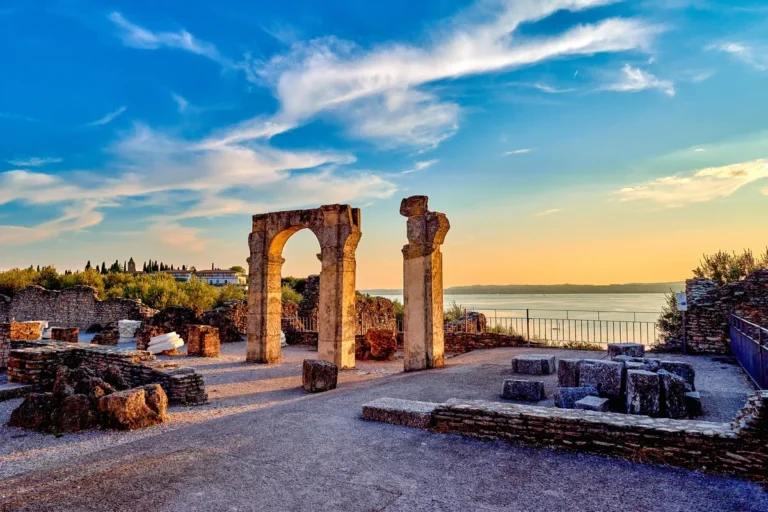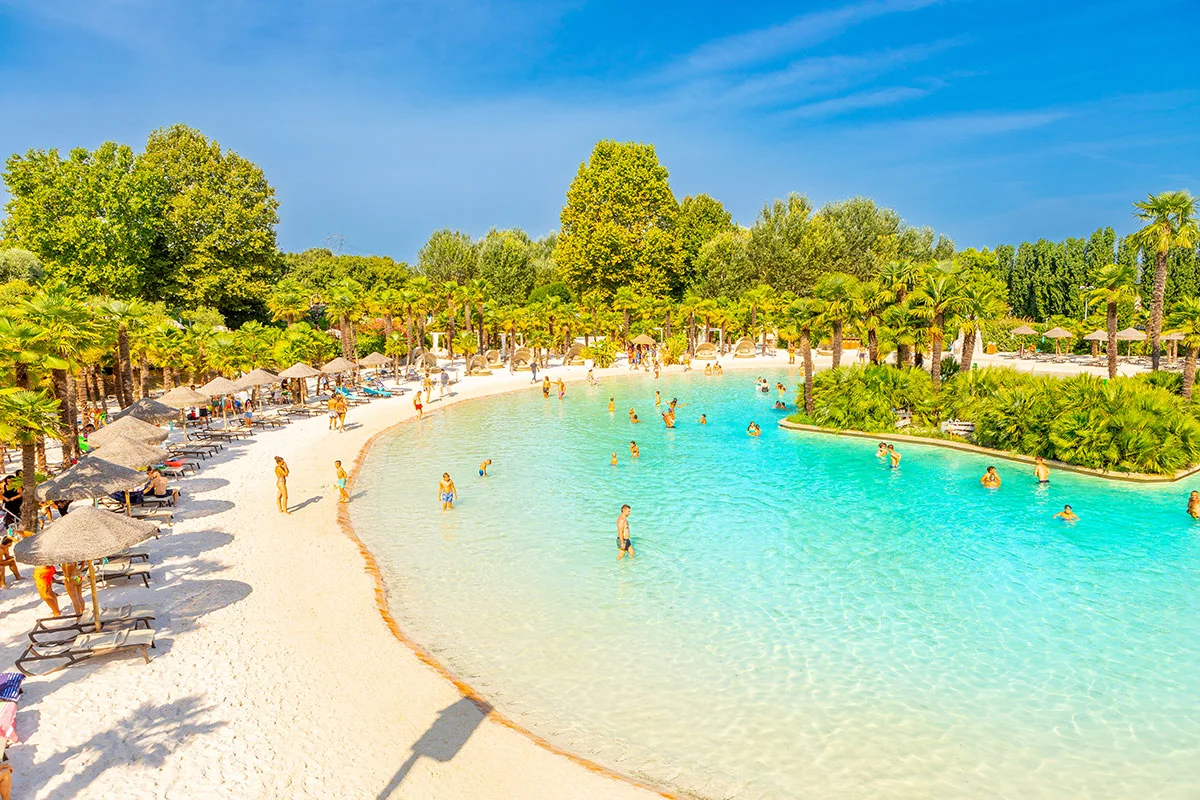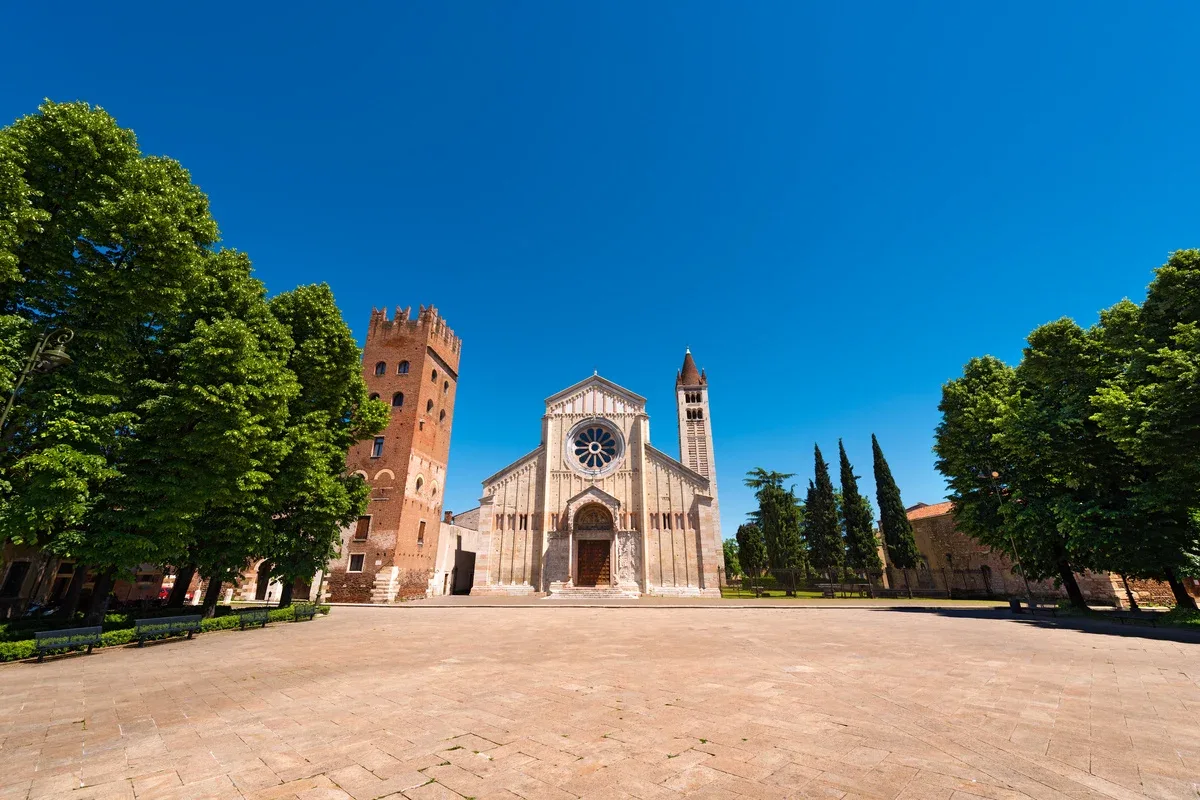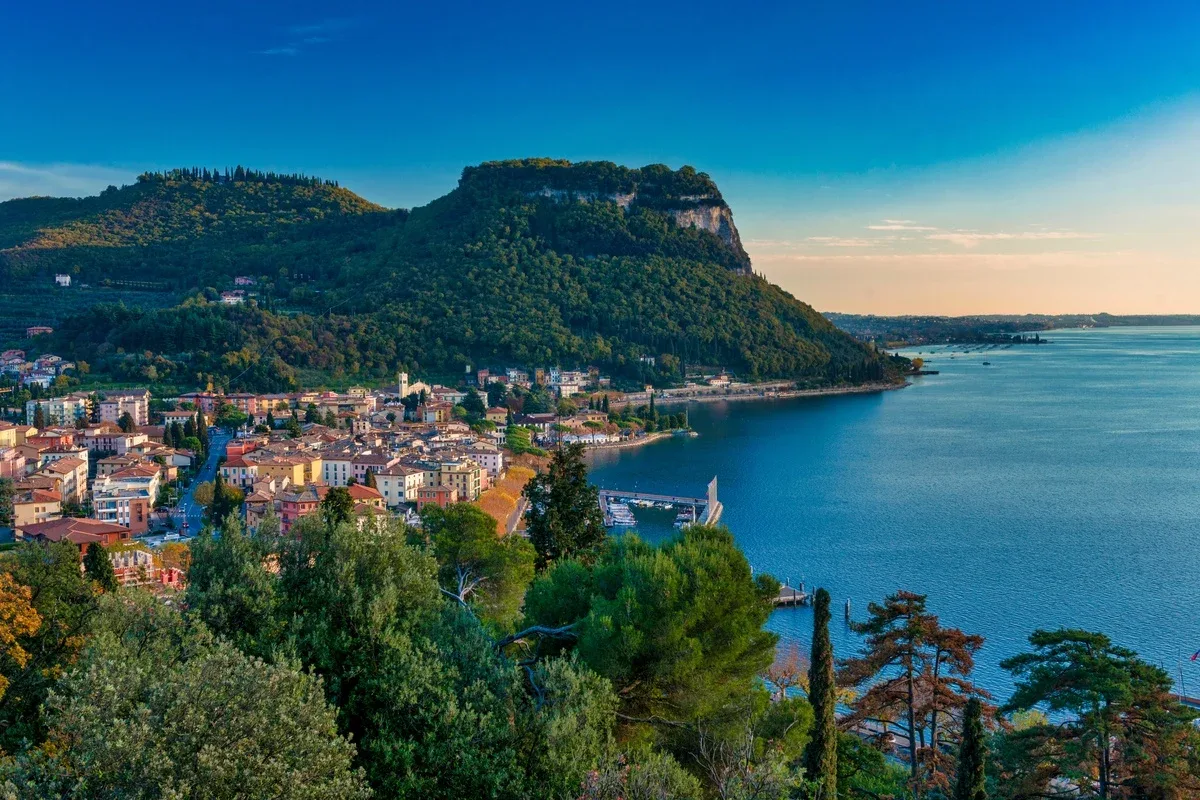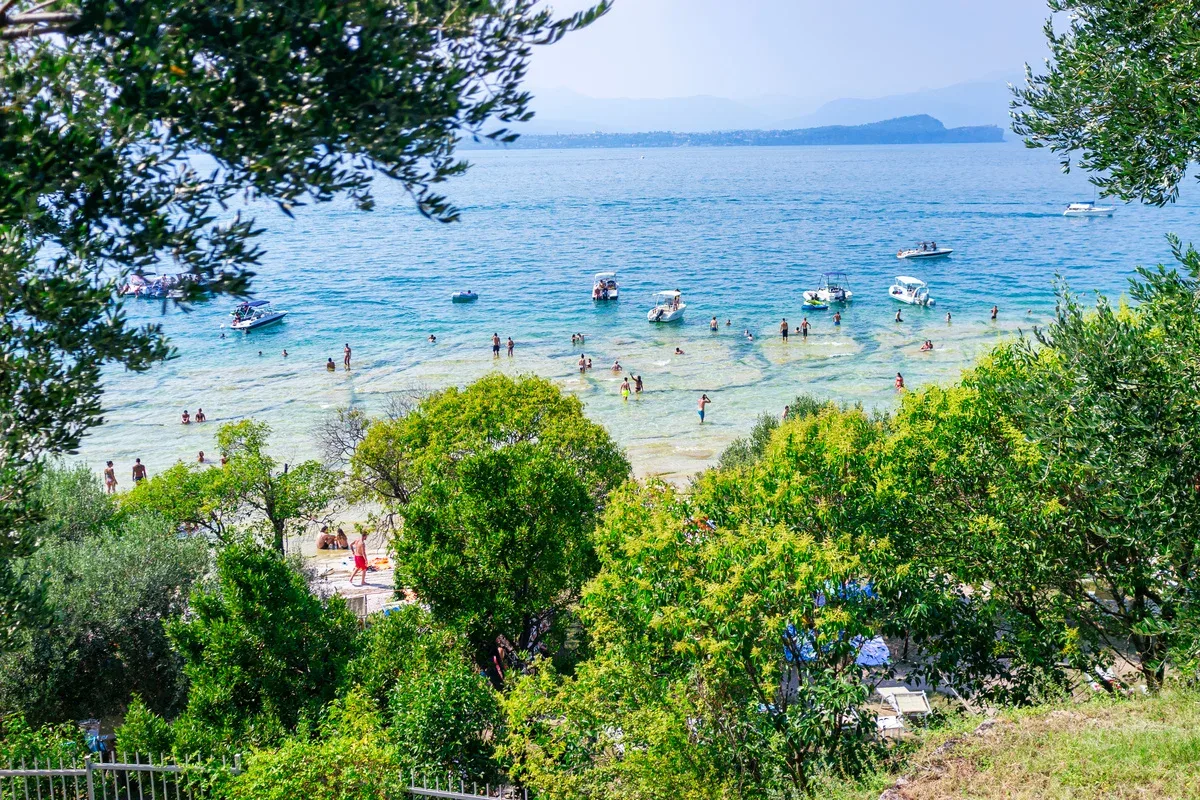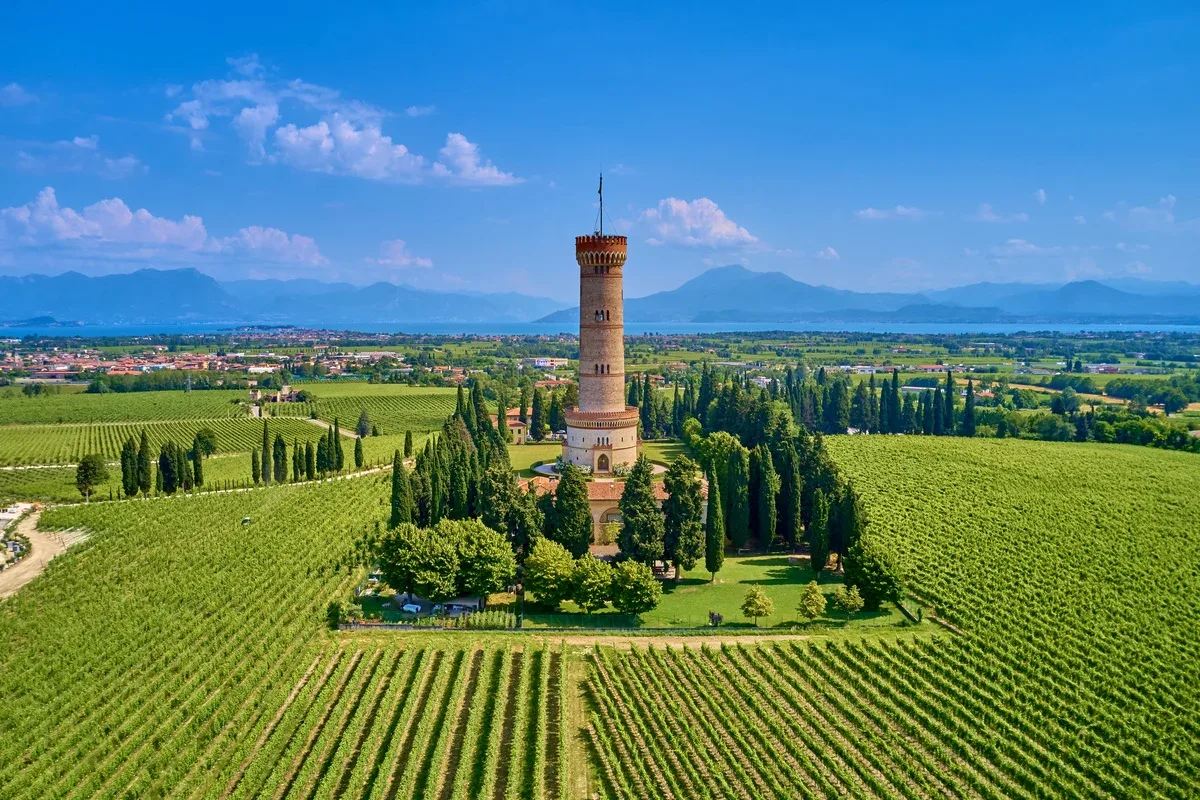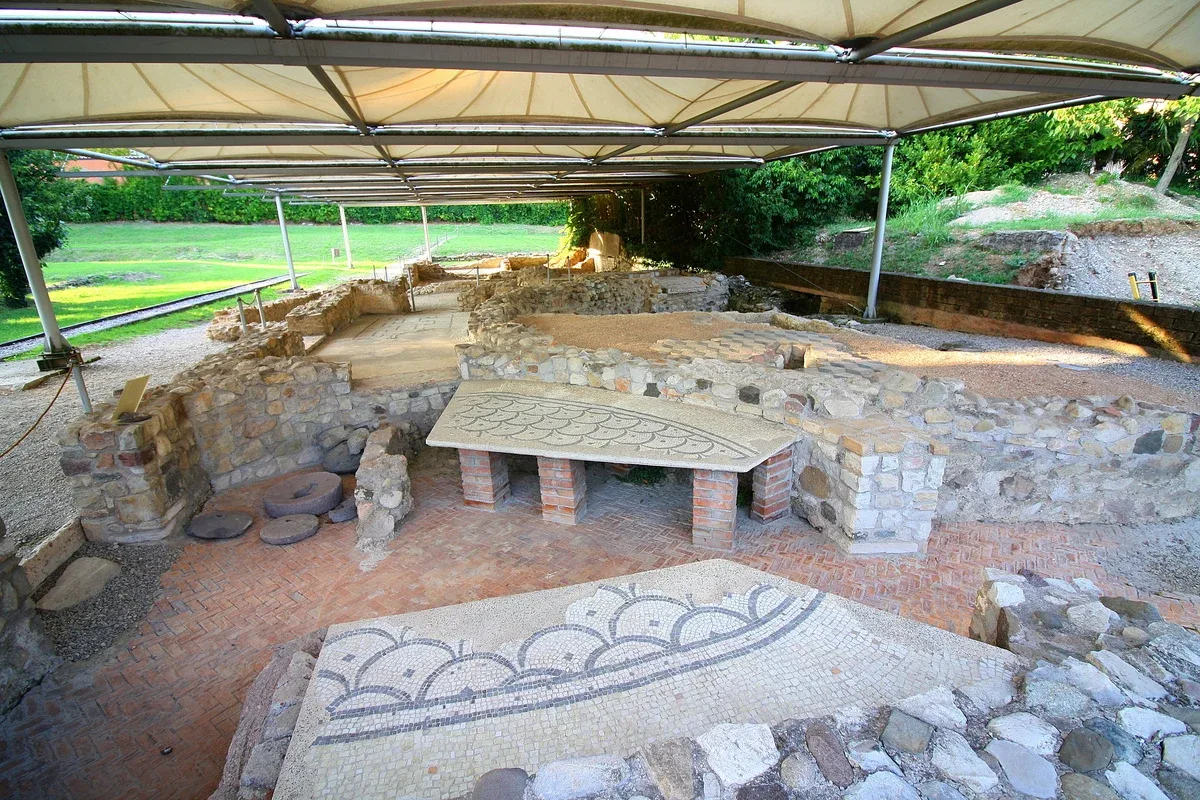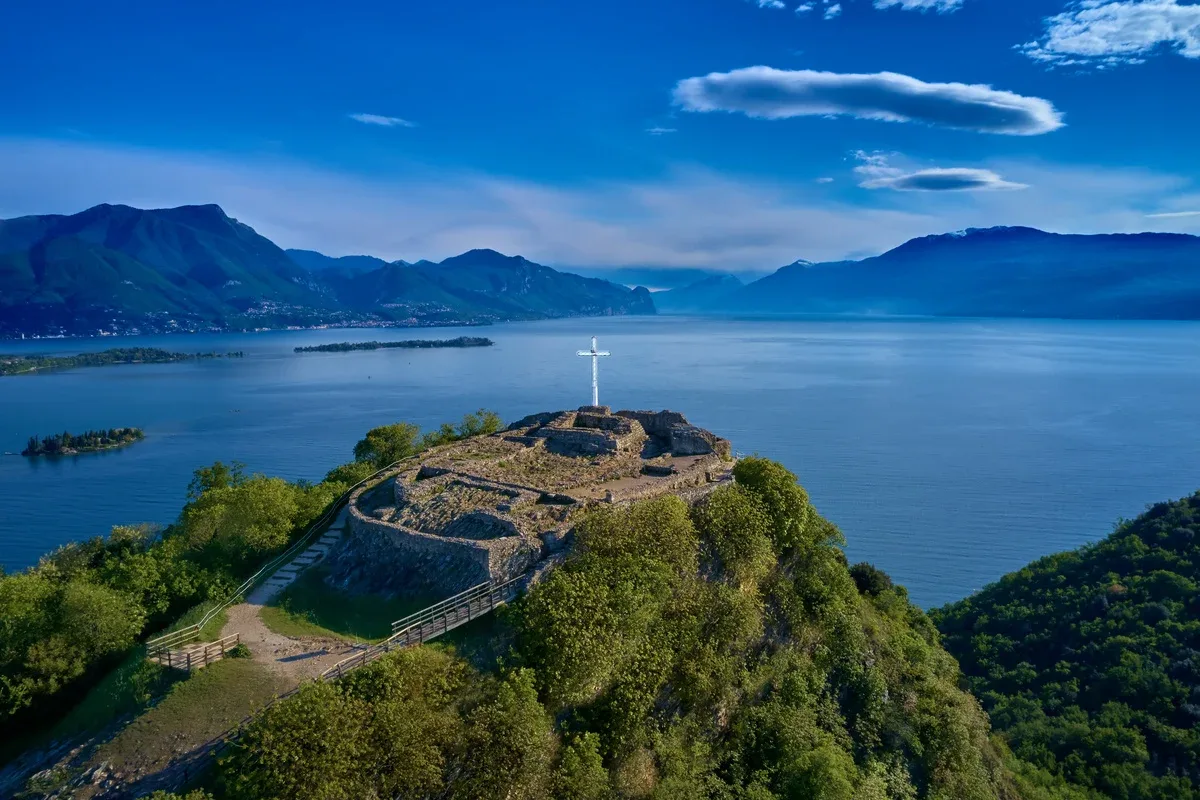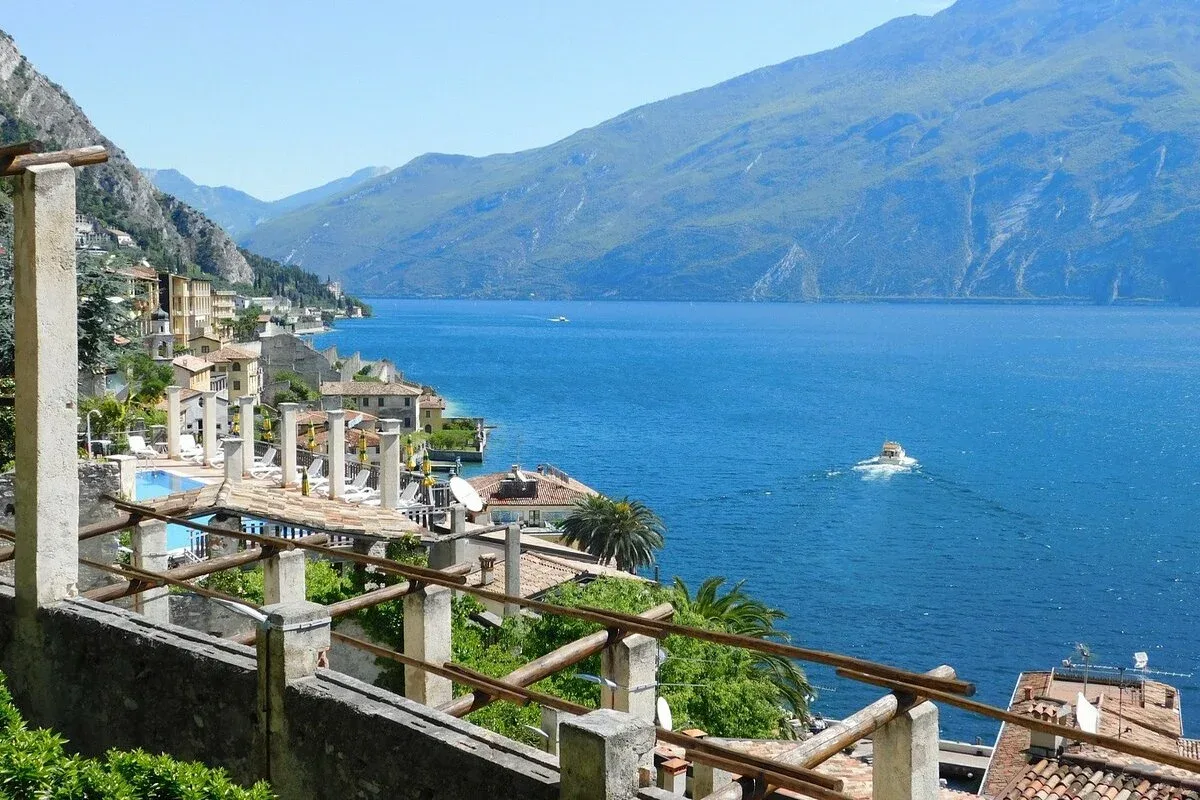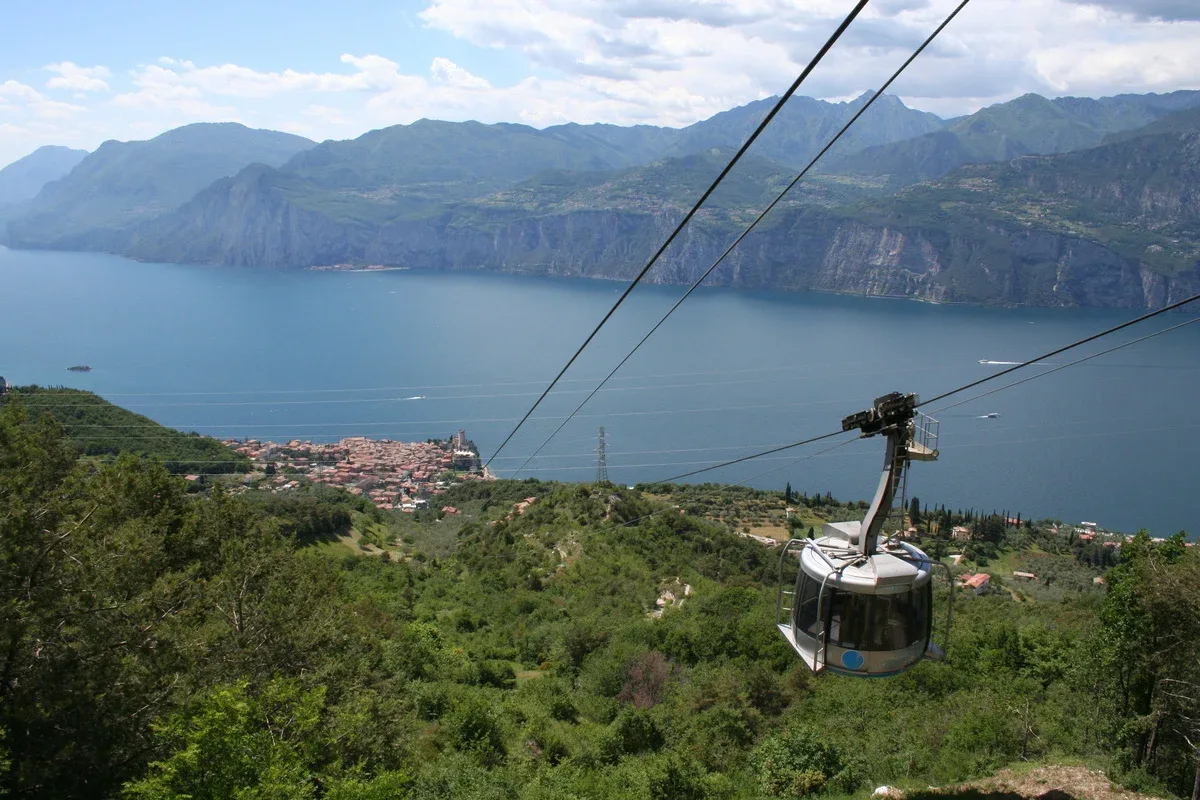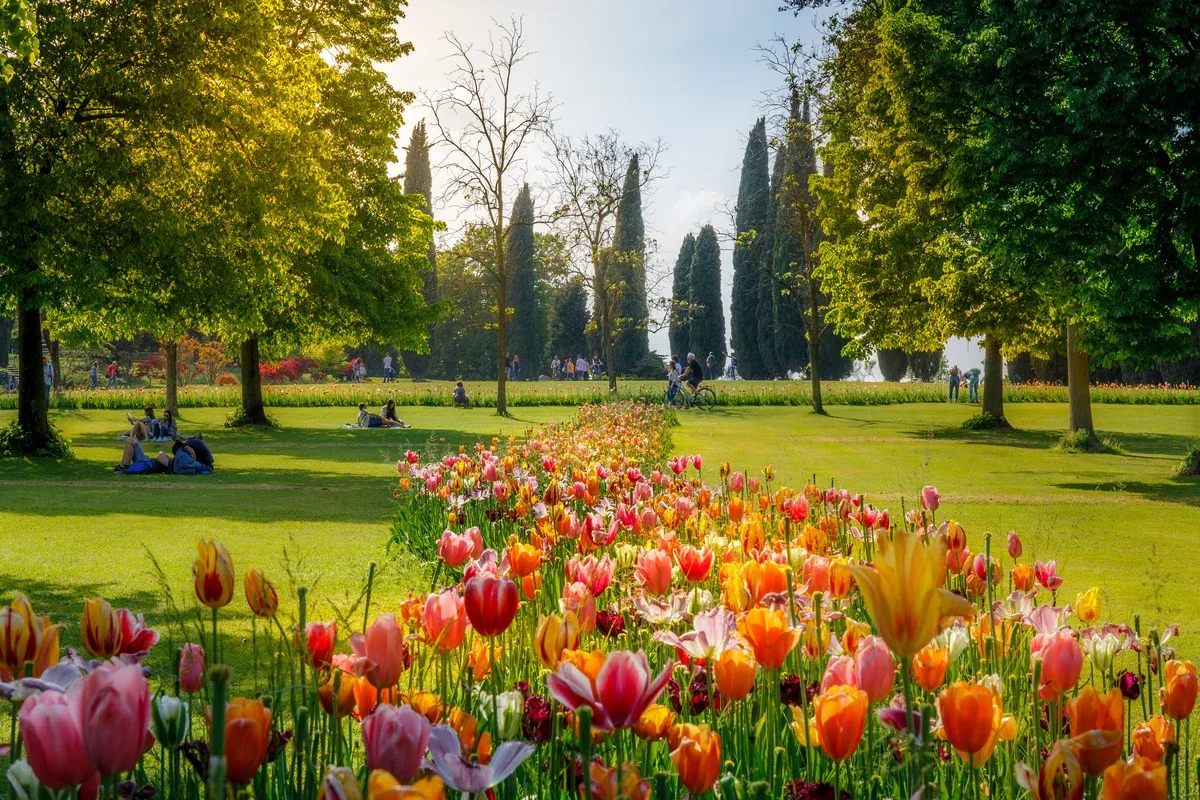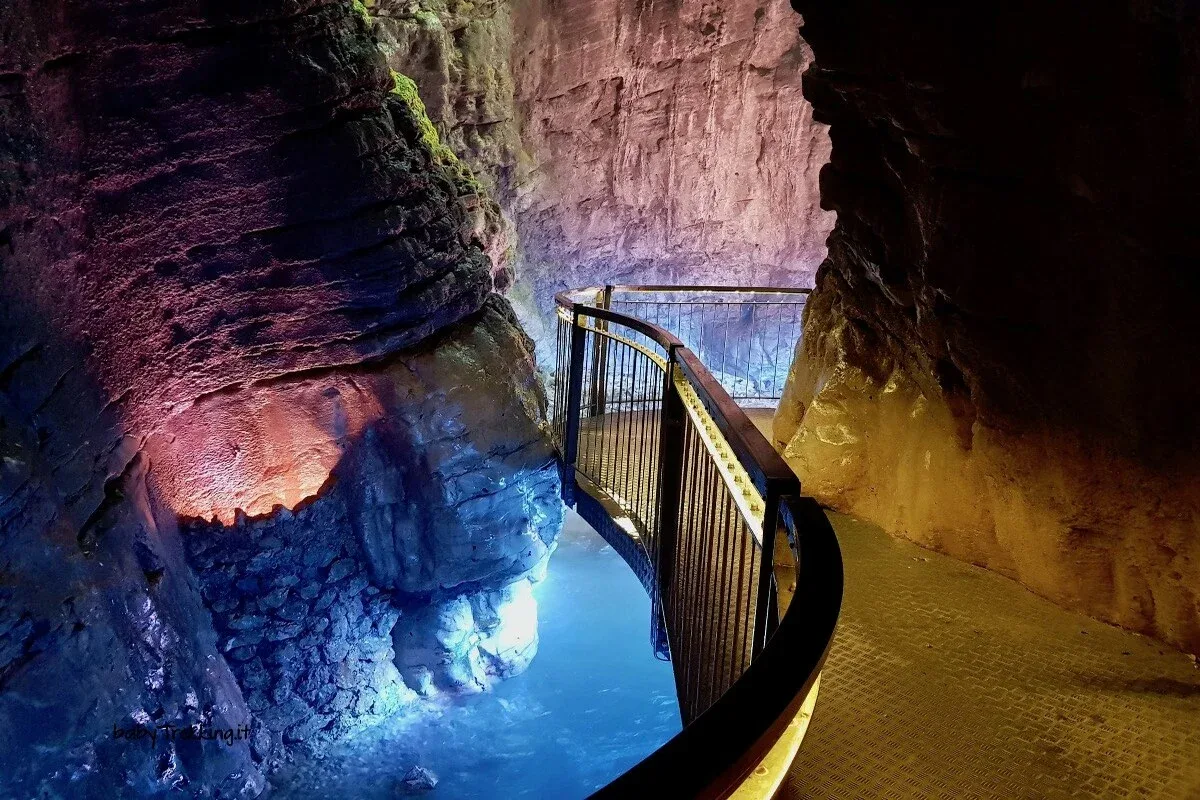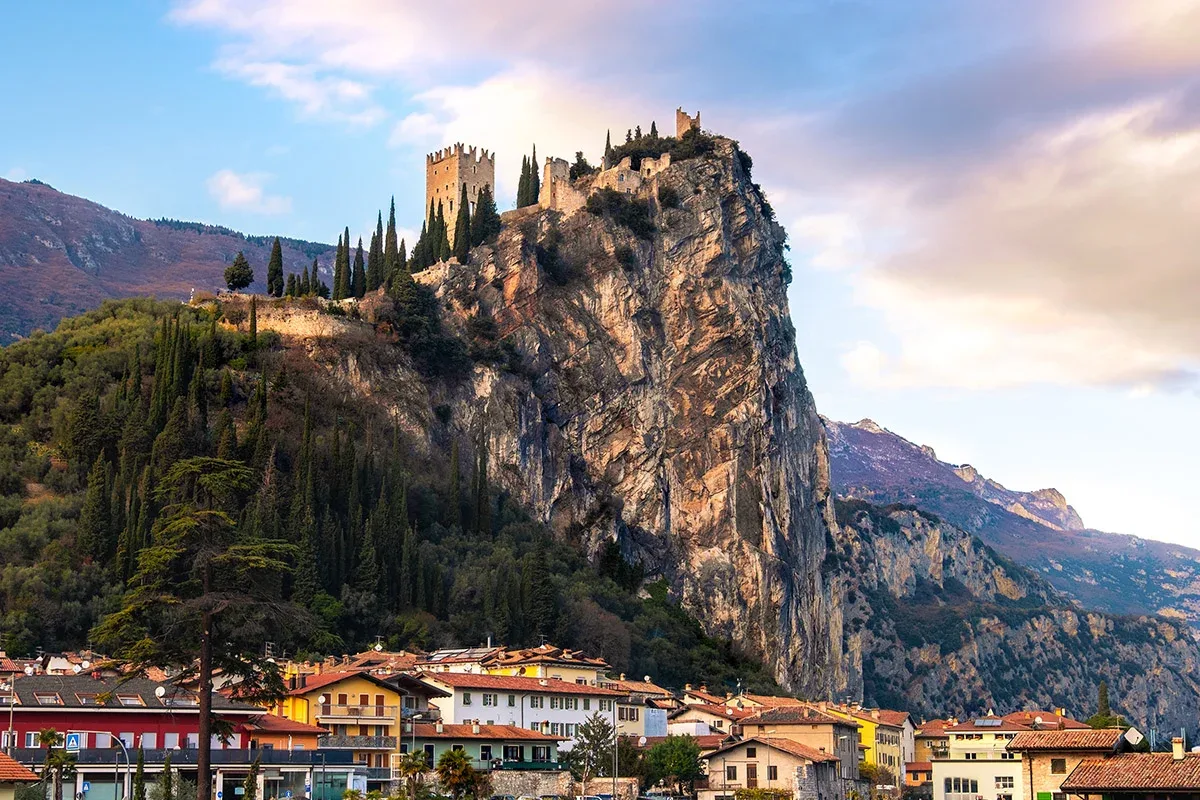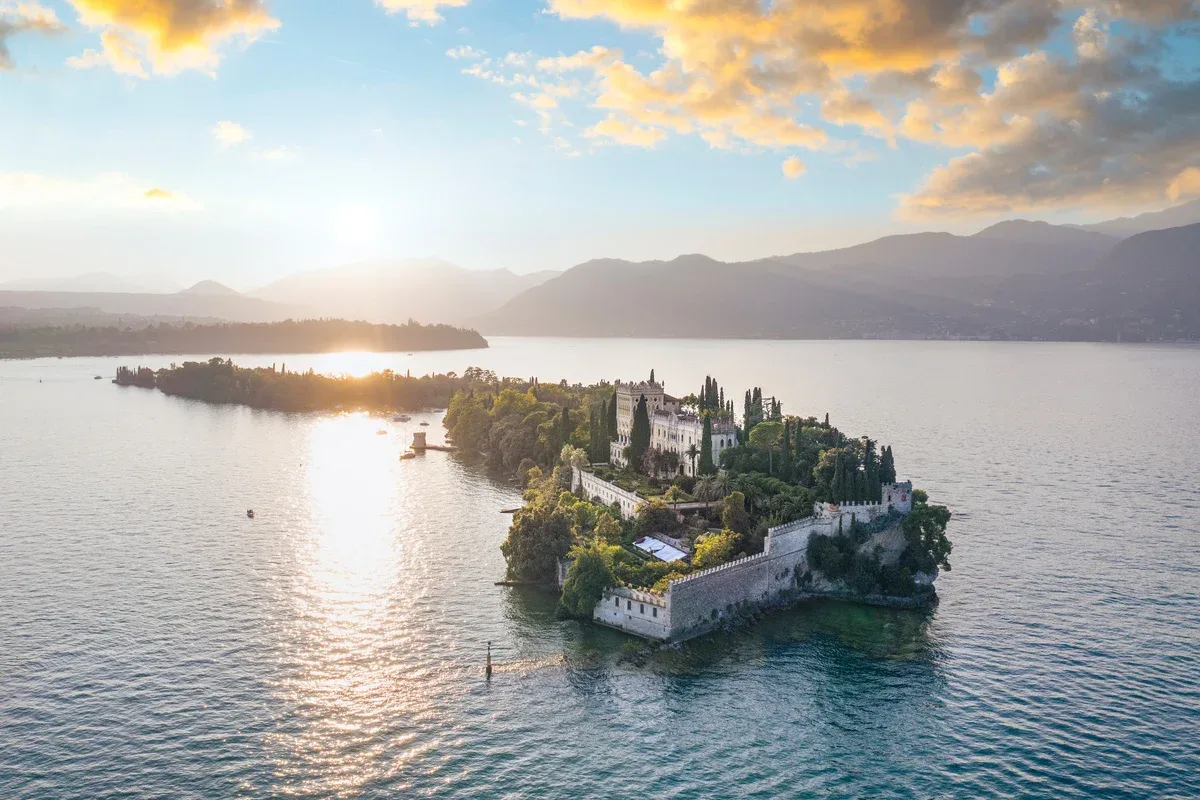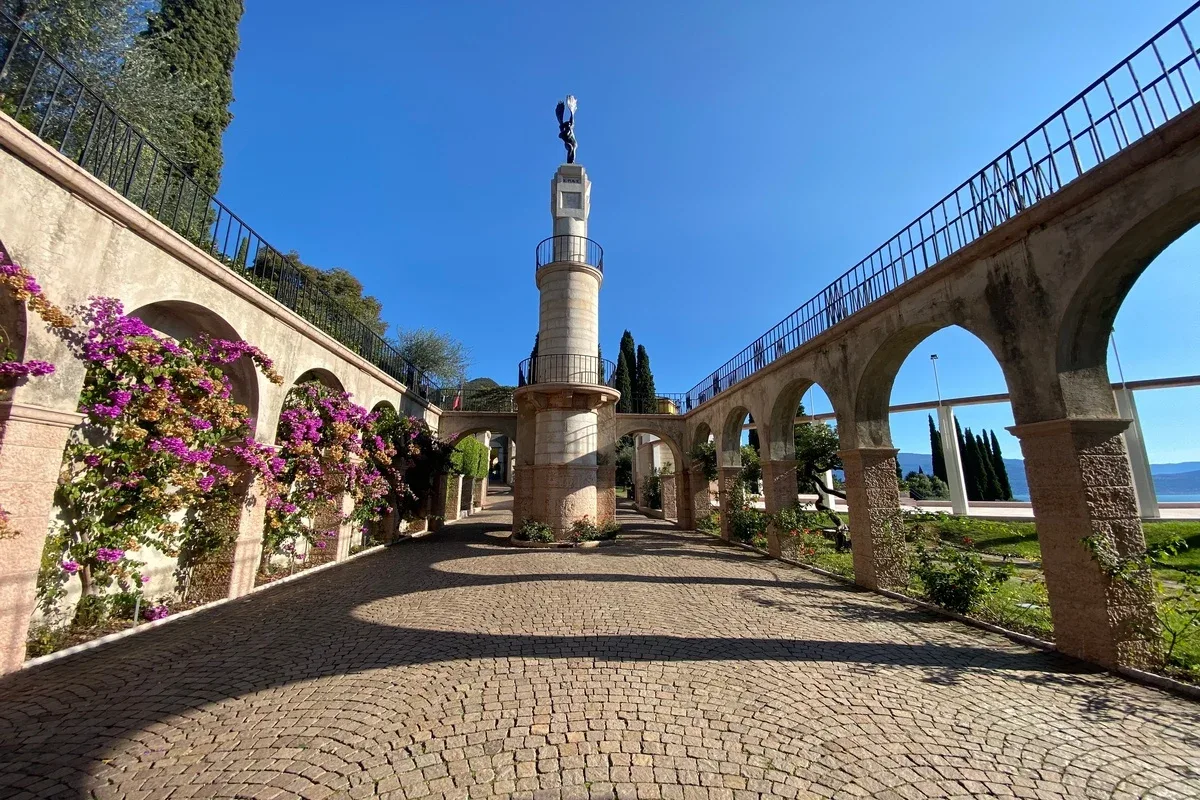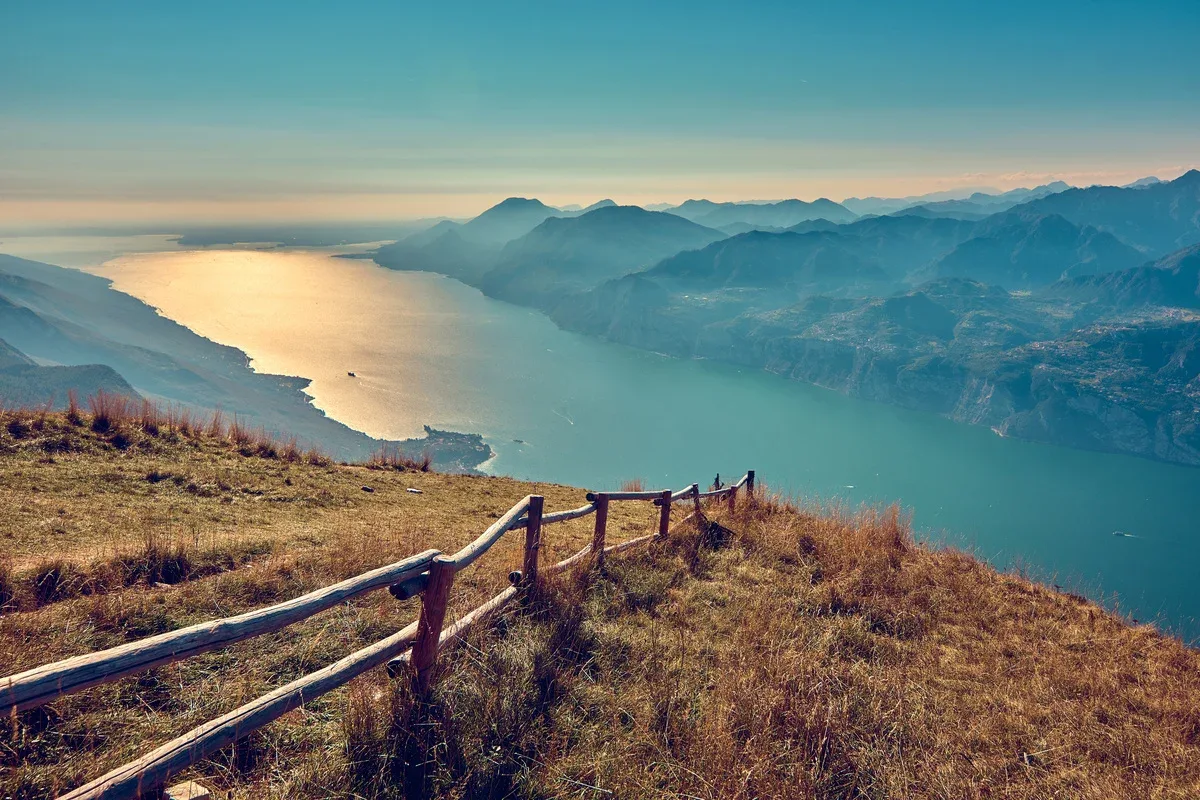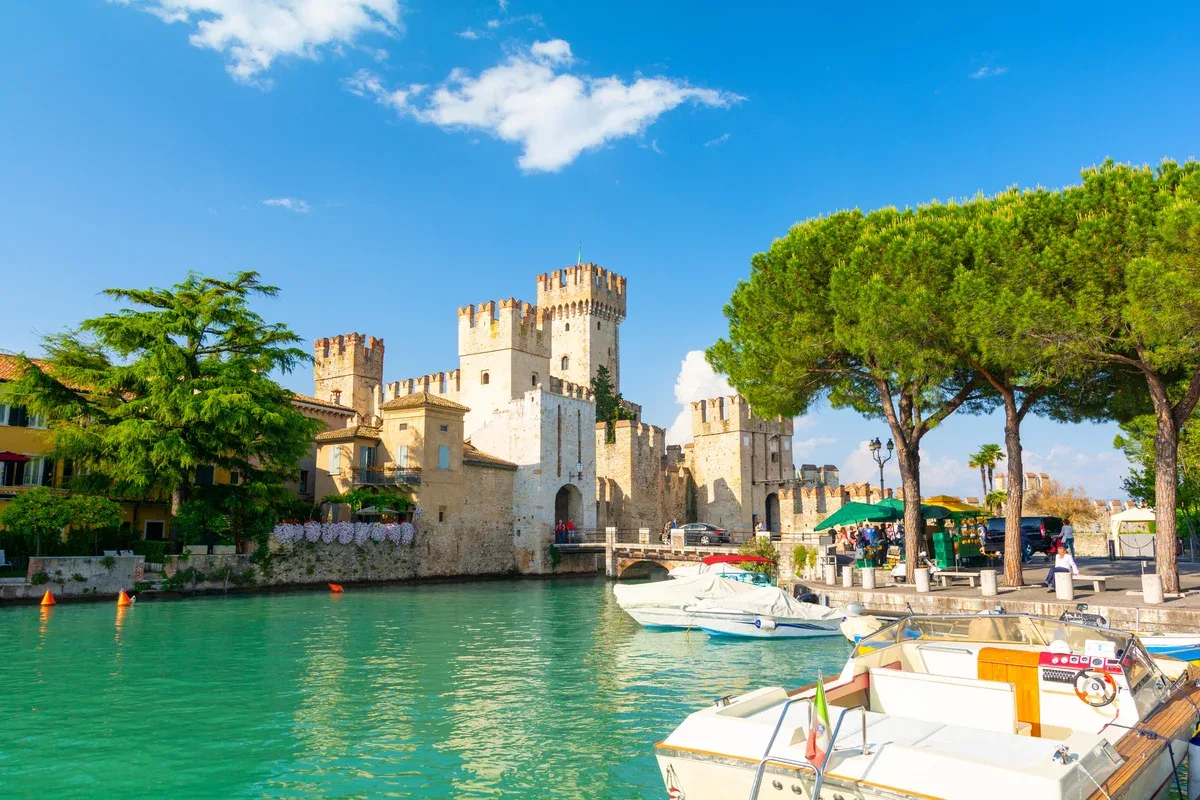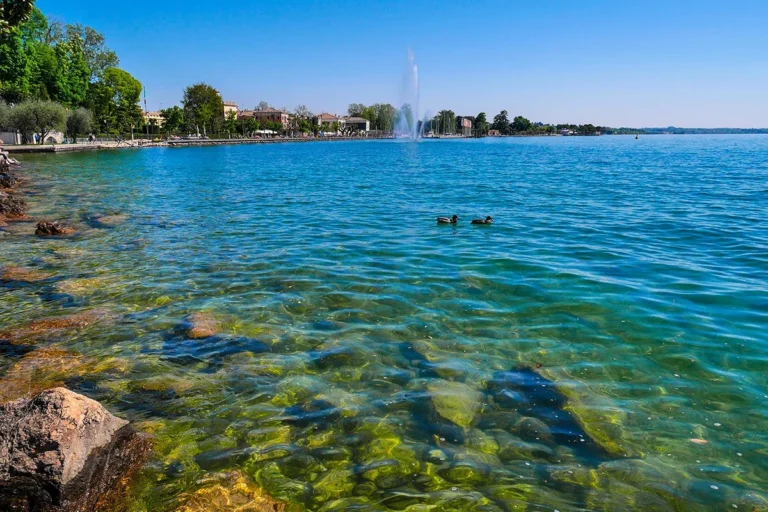When it comes to historical sites with a serious “wow” factor, the Grotte di Catullo takes the cake — or maybe the ancient bread and olive oil, given the setting. Located at the very tip of the Sirmione peninsula, this sprawling Roman villa is more than just a pile of old stones. It’s like stepping into a time machine that drops you right into the lap of luxury—Roman style.
Now, don’t be fooled by the name. “Grotte” might make you think you’re heading into some dark, damp caves, but what you’re actually getting is the sun-drenched ruins of a massive estate.
Think about this: over two hectares of crumbling walls, once grand halls, and olive groves that have seen it all. And the best part? Those jaw-dropping views of Lake Garda, which will have you whipping out your camera every few steps.
Grotte di Catullo Description
The Grotte di Catullo is the massive, sun-drenched ruin of a Roman villa perched on the tip of the Sirmione peninsula, overlooking Lake Garda. It’s a whole experience.
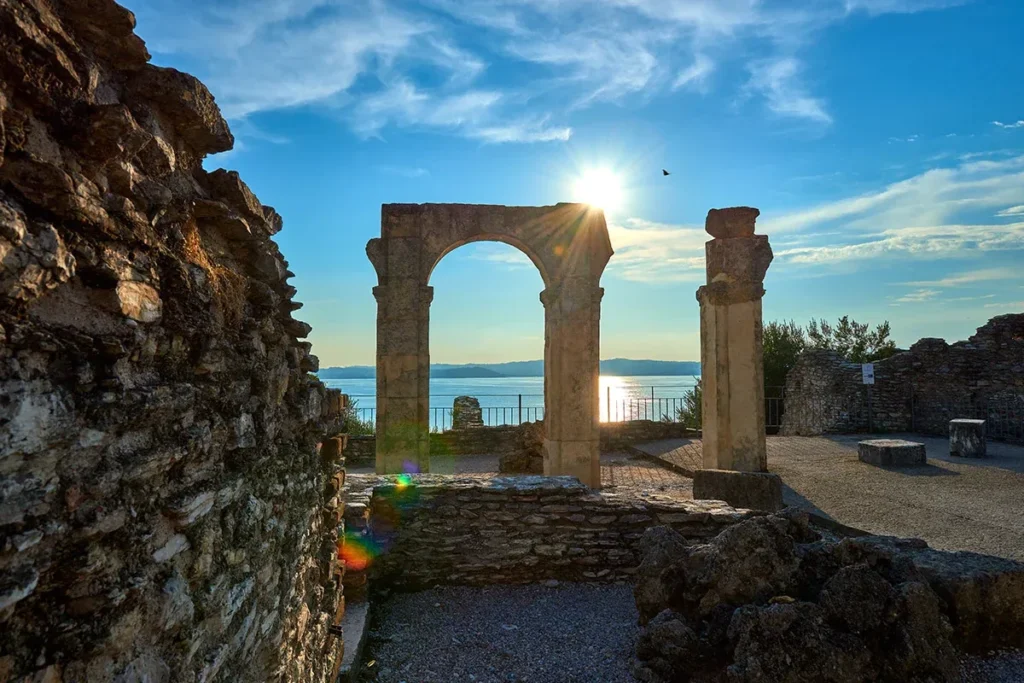
Imagine a sprawling estate from the first century BC, where wealthy Romans lounged around enjoying views that are still drop-dead gorgeous today. The villa, which once belonged to the poet Catullus, is a maze of crumbling walls, faded frescoes, and the remains of luxurious thermal baths. The ruins stretch over two hectares, and while the roof might be long gone, the grandeur is still very much intact.
As you wander through the remnants of this ancient opulence, it’s easy to picture Roman citizens going about their daily lives here. The mosaics underfoot and the archways overhead speak of a time when this was the height of luxury. And let’s not forget the olive groves that surround the site — these ancient trees have seen it all, adding a touch of timeless serenity to your visit.
What to Expect at Grotte di Catullo
So, what’s it actually like to visit the Grotte di Catullo? First off, get ready for a bit of a workout — there’s a bit of a hike involved, but it’s nothing too strenuous and totally worth it.
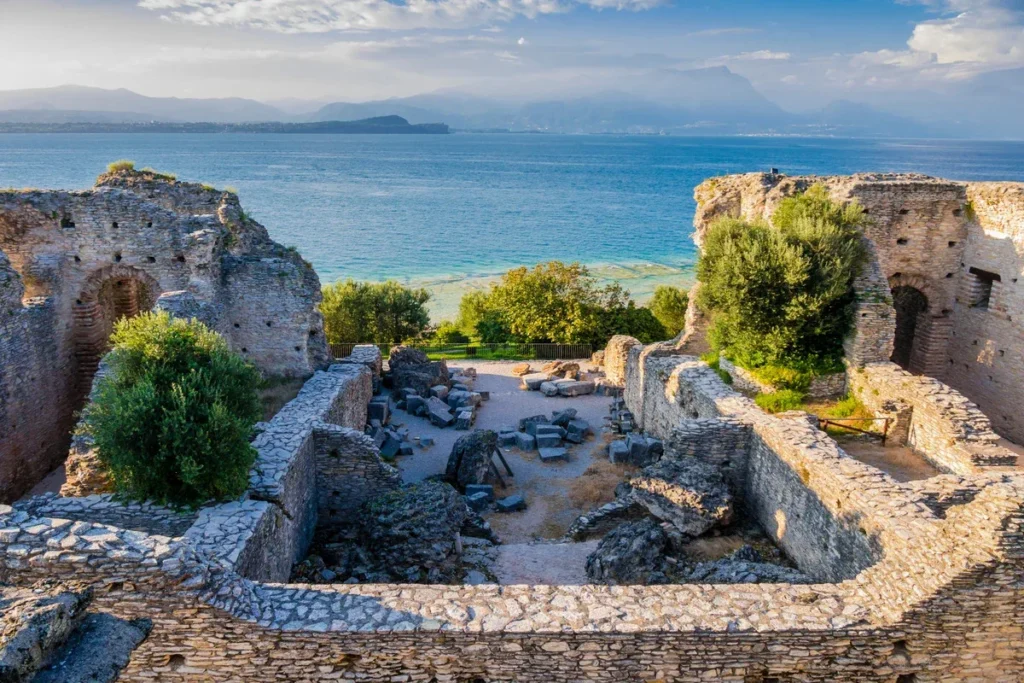
The first thing that hits you is the sheer size of the place. It’s practically a small town. You can explore at your own pace, winding through what’s left of the great halls, peeking into ancient rooms, and trying to imagine what life was like here over 2,000 years ago.
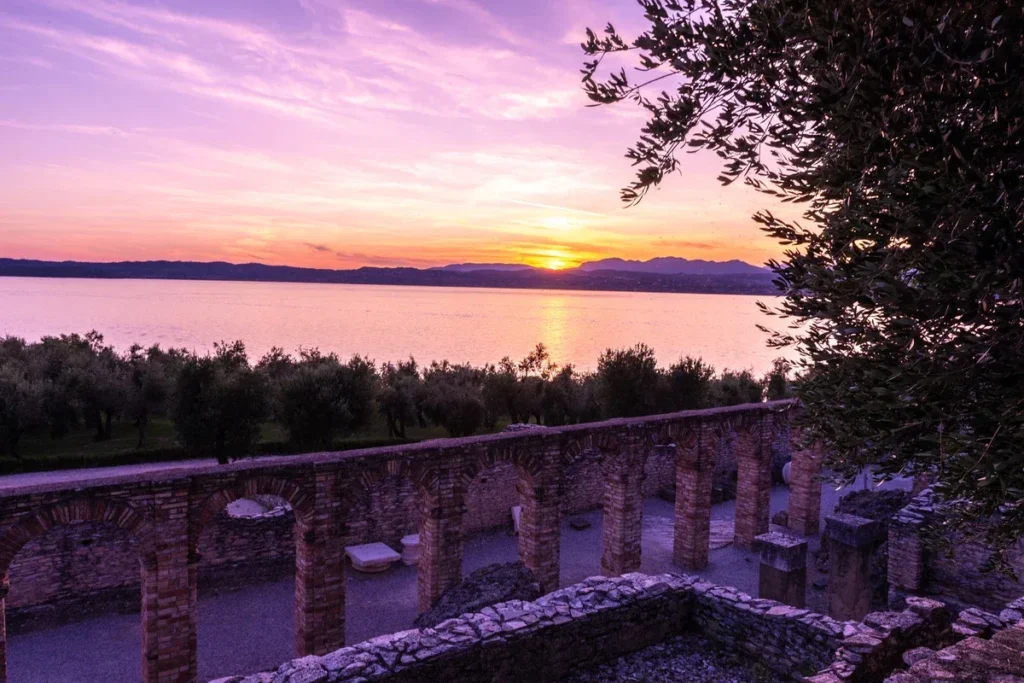
One of the highlights is the view — seriously, bring your camera. From almost anywhere in the ruins, you get a panoramic view of Lake Garda, with the water shining below and the mountains off in the distance. It’s the type of view that makes you want to just stop and stare, maybe while munching on a snack you brought along (because there’s nowhere to buy one up here).
The Origins of Grotte di Catullo
Alright, let’s dive into the fascinating origins of the Grotte di Catullo — where history meets Roman luxury.
It’s the first century AD, and the Roman Empire is at its peak. If you were a wealthy Roman, where would you build your dream vacation home? Right on the tip of the Sirmione Peninsula, overlooking Lake Garda. And that’s exactly what some well-off Roman from Verona decided to do!
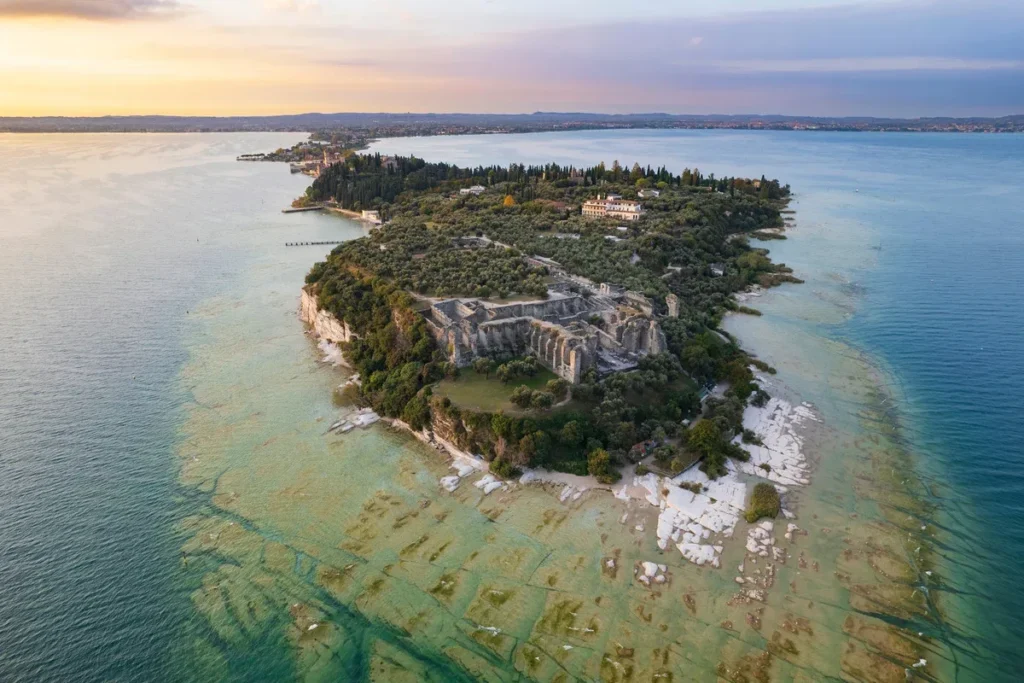
This villa was massive. Imagine grand halls, private rooms, and even bathhouses where you could relax in style. The Romans were all about living large, and they made sure this villa took full advantage of its stunning location. We’re talking magnificent views of the lake, beautiful gardens, and terraces where you could sip wine and enjoy the sunset.
Now, here’s the interesting part: the name “Catullo” comes from the famous poet Catullus, but there’s no solid proof he ever lived here. Over time, people just started linking his name to these ruins, which only added to the mystery.
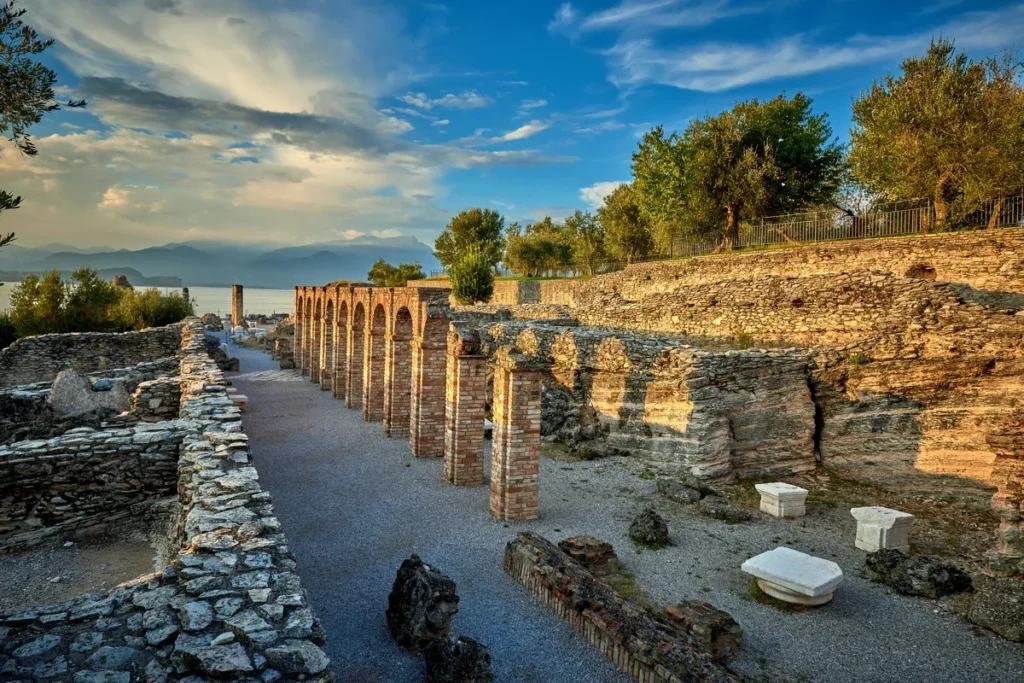
But like all good things, the Grotte di Catullo eventually fell into decline. By the Middle Ages, the villa was in pretty bad shape. Nature took over, and what was once a luxurious retreat started to look more like a collection of caves, so the locals began calling it “Grotte”. Not exactly the glamorous ending the original owners might have imagined, but it stuck.
Fast forward to the 19th century, and these ruins caught the attention of archaeologists. They quickly realized they were looking at one of the most important Roman sites in Northern Italy. As they dug deeper, the true size and grandeur of Grotte di Catullo started to come to light.
Today, as you walk through the ruins, it’s easy to wonder about the people who lived here. Who were they? What did they talk about while relaxing on those grand terraces? The Grotte di Catullo might be in ruins now, but its story of wealth, power, and a bit of legend still lives on.
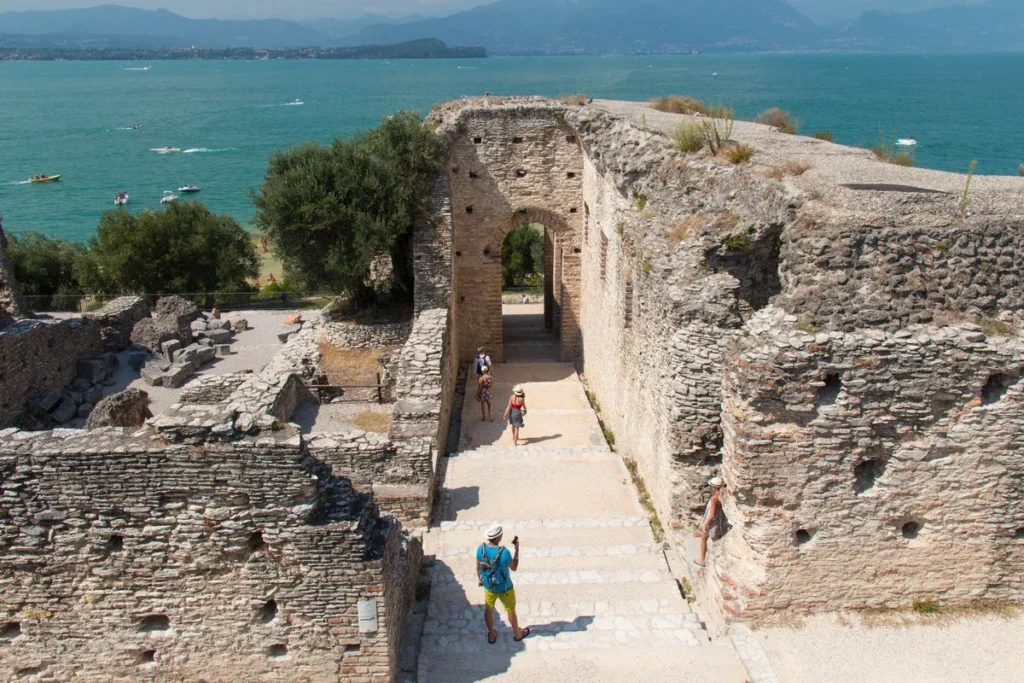
So, when you visit Sirmione, don’t just take a quick look and move on. Spend some time imagining the luxury that once filled these halls, and you might just feel a connection to the past.












